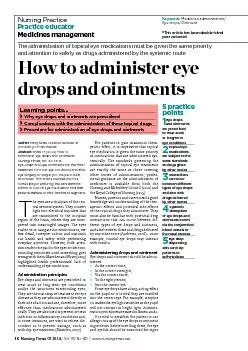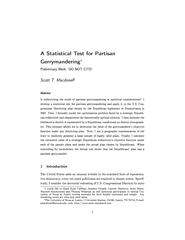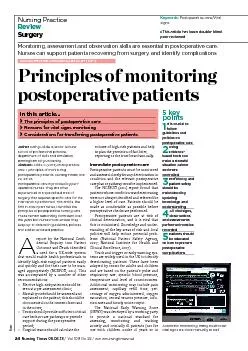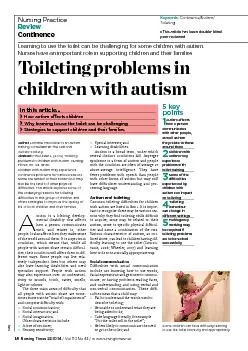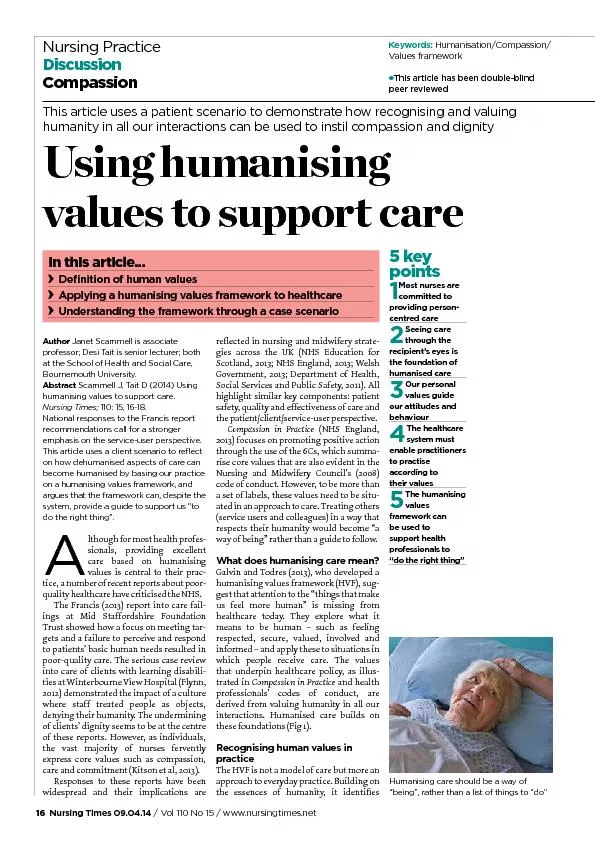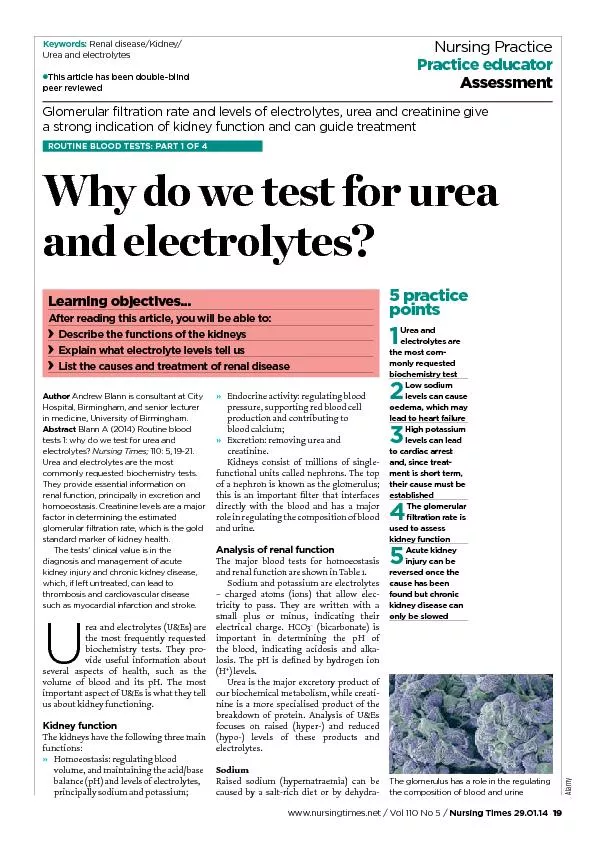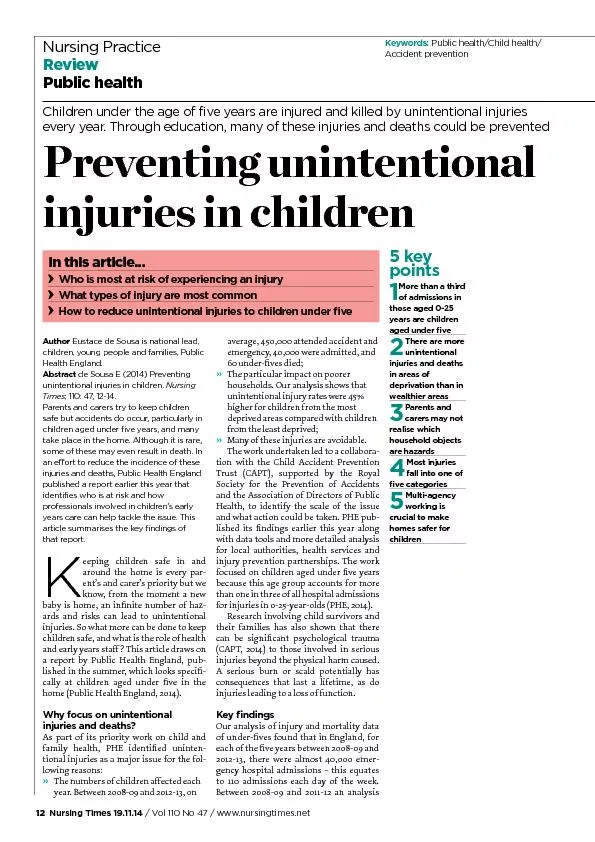PDF-Nursing Times 01.10.14/ Vol 110 No 40 / www.nursingtimes.net
Author : tawny-fly | Published Date : 2015-08-16
Nursing PracticePractice educatorKeywordsMedicines administrationEye dropsOintmentThis article has been doubleblind peer reviewedAuthor Mary Shaw is senior lecturer
Presentation Embed Code
Download Presentation
Download Presentation The PPT/PDF document "Nursing Times 01.10.14/ Vol 110 No 40 / ..." is the property of its rightful owner. Permission is granted to download and print the materials on this website for personal, non-commercial use only, and to display it on your personal computer provided you do not modify the materials and that you retain all copyright notices contained in the materials. By downloading content from our website, you accept the terms of this agreement.
Nursing Times 01.10.14/ Vol 110 No 40 / www.nursingtimes.net: Transcript
Download Rules Of Document
"Nursing Times 01.10.14/ Vol 110 No 40 / www.nursingtimes.net"The content belongs to its owner. You may download and print it for personal use, without modification, and keep all copyright notices. By downloading, you agree to these terms.
Related Documents

